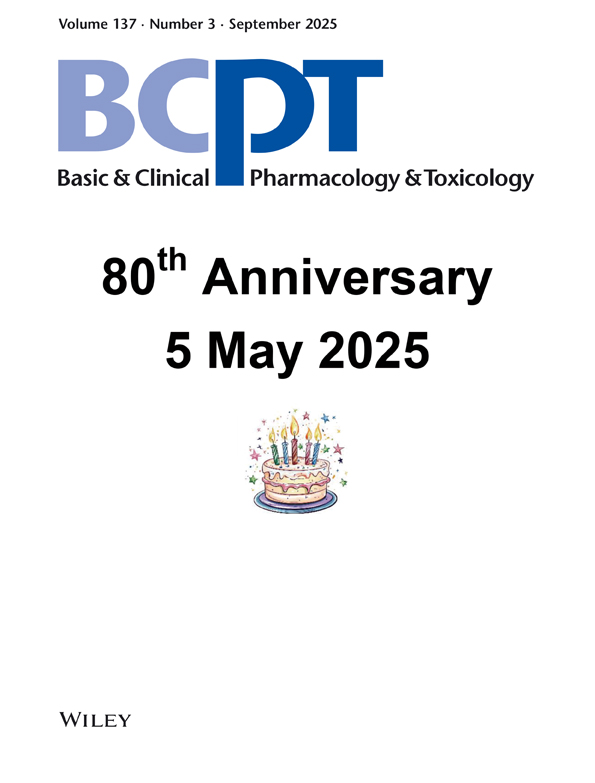Effects of Ethanol on Ethylmorphine Metabolism in Isolated Rat Hepatocytes: Characterization by Means of a Multicompartmental Model
Abstract
Abstract: Hepatic cytochrome P-450 enzymes mediate at least two important biotransformation pathways of codeine and ethylmorphine starting with either N-demethylation or O-dealkylation, producing polar metabolites which are then subsequently glucuronidated. The present study was designed to characterise the acute effects of ethanol on the metabolism of ethylmorphine and to compare it with the effects on codeine in suspensions of freshly isolated rat hepatocytes. Isolated rat hepatocytes from male Wistar rats were prepared by a collagenase perfusion method. Ethylmorphine, codeine and their metabolites were quantified by HPLC with UV detection. The total ethylmorphine elimination rate was reduced by 12% at 5 mM and 38% at 100 mM ethanol. The corresponding percentages for codeine were 16 and 43%. In the presence of ethanol the concentrations of several intermediate and end products of ethylmorphine and codeine changed markedly from the control situation. The experimental data were applied to a mathematical compartmental linear model to estimate the influence of ethanol on the separate reaction rates in the two main metabolic pathways. The ratios between reaction rate constants in the ethylmorphine experiments at 100 and 0 mM ethanol were 0.65 for ethylmorphine→norethyl-morphine, 0.63 for norethylmorphine→normorphine, 0.56 for ethylmorphine→morphine, 0.49 for morphine→normor-phine, 0.31 for normorphine→normorphine-3-glucuronide and 0.49 for morphine→morphine-3-glucuronide. Almost similar effects of ethanol on codeine metabolism were found. In additional experiments, norethylmorphine or norcodeine (50 μM) was incubated with 5 mM to 100 mM of ethanol and the metabolism of both norethylmorphine and norcodeine was found to be inhibited by ethanol in a concentration-dependent manner. The glucuronidation of morphine and normorphine added in separate experiments was also inhibited by ethanol, from 22 to 36% for morphine-3-glucuronide and 30 to 60% for normorphine-3-glucuronide, respectively, in the presence of 5 mM to 100 mM of ethanol. It was concluded that all steps in the metabolism of ethylmorphine (and codeine) leading to the end products morphine-3-glucuronide and normorphine-3-glucuronide were inhibited by ethanol, and that the glucuronidation processes were the ones most affected by ethanol.




